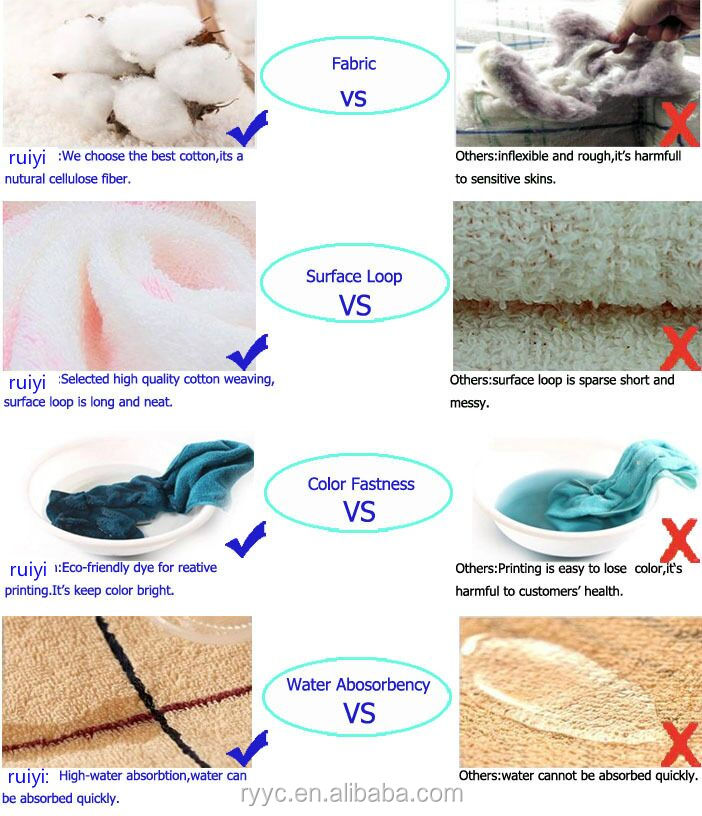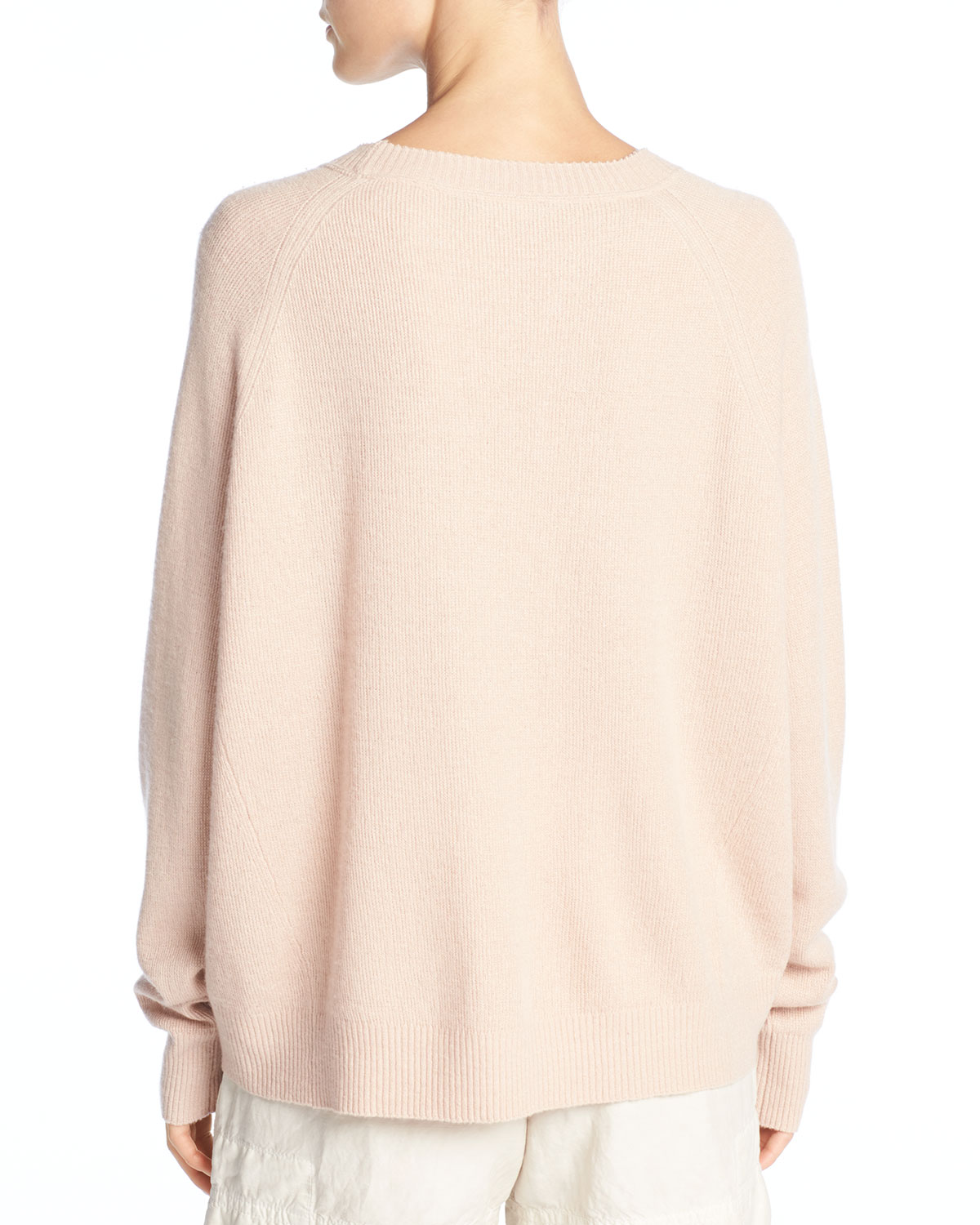Title: The Difference between Cashmere and Pure Cotton
Cashmere and pure cotton are two different types of fibers that are often used to make clothing and other textiles. Cashmere, also known as cashmere wool, is a type of wool that is derived from Cashmere, a breed of goat. It is one of the most luxurious and expensive fibers in the world, and it is often used to make high-end clothing and accessories. Pure cotton, on the other hand, is a natural fiber that is derived from the cotton plant. It is much more affordable and common than cashmere, and it is often used to make everyday clothing and textiles.The main difference between cashmere and pure cotton is their source and their cost. Cashmere comes from a specific breed of goat, and it is relatively rare and expensive. Pure cotton, on the other hand, is a common and affordable fiber that is derived from a plant. Additionally, cashmere has a much longer and more luxurious feel to it than pure cotton does. Cashmere fibers are also much finer and more delicate than pure cotton fibers, which makes them more prone to damage and wear.In conclusion, cashmere and pure cotton are both natural fibers that are used to make clothing and textiles, but they have significant differences in their source, cost, and feel. Cashmere is a luxurious and expensive fiber that is often used to make high-end clothing and accessories, while pure cotton is a common and affordable fiber that is often used to make everyday clothing and textiles.
Cashmere and pure cotton are two types of fabrics that are often used in clothing and textiles. While they are both natural fibers, there are significant differences between them in terms of their origin, production process, physical characteristics, and overall performance.
Origin and Production Process
Cashmere wool is derived from Cashmere goats, which are primarily raised in Mongolia, Tibet, Iran, and other parts of Central Asia. The process of obtaining cashmere wool is labor-intensive and requires careful handling to ensure the quality of the fiber. Cashmere goats are shorn once a year, and the wool is then cleaned, sorted, and spun into yarn. Pure cotton, on the other hand, is grown from cotton plants and is primarily produced in India, China, and the United States. The cotton fibers are harvested from the plants and then processed through a series of steps to create pure cotton yarn.
Physical Characteristics

Cashmere wool has a unique and luxurious feel that is often described as soft, warm, and lightweight. The fiber is also highly resilient and durable, making it ideal for use in clothing and textiles that require a high level of comfort and performance. Pure cotton, on the other hand, has a more common and affordable feel that is often described as smooth, breathable, and durable. The fiber is also relatively easy to grow and process, making it a more cost-effective option for many applications.
Overall Performance
Cashmere wool and pure cotton both have their own unique performance characteristics. Cashmere wool is often used in high-end clothing and accessories because of its luxurious feel and high level of comfort. It also has excellent thermal properties, making it ideal for cold weather wear. Pure cotton, on the other hand, is more commonly used in everyday clothing and textiles because of its affordability and versatility. It also has good breathability and durability, making it suitable for a wide range of applications.

Conclusion
Cashmere wool and pure cotton are both natural fibers that have their own unique properties and applications. Cashmere wool is often used in high-end clothing and accessories because of its luxurious feel and high level of comfort, while pure cotton is more commonly used in everyday clothing and textiles because of its affordability and versatility. The choice between cashmere and pure cotton often depends on the specific needs of the application, such as the desired level of comfort, performance, and cost.
Articles related to the knowledge points of this article:
The childrens winter jackets: a review
Title: Mastering the Art of Tie Knots: A Comprehensive Guide to Tying a Perfect Bow
Title: Mastering the Simple Art of Tying a Tie: A Comprehensive Guide
Feathered Dreams and Broken Holes: The Story of a Torn-Up Jacket



